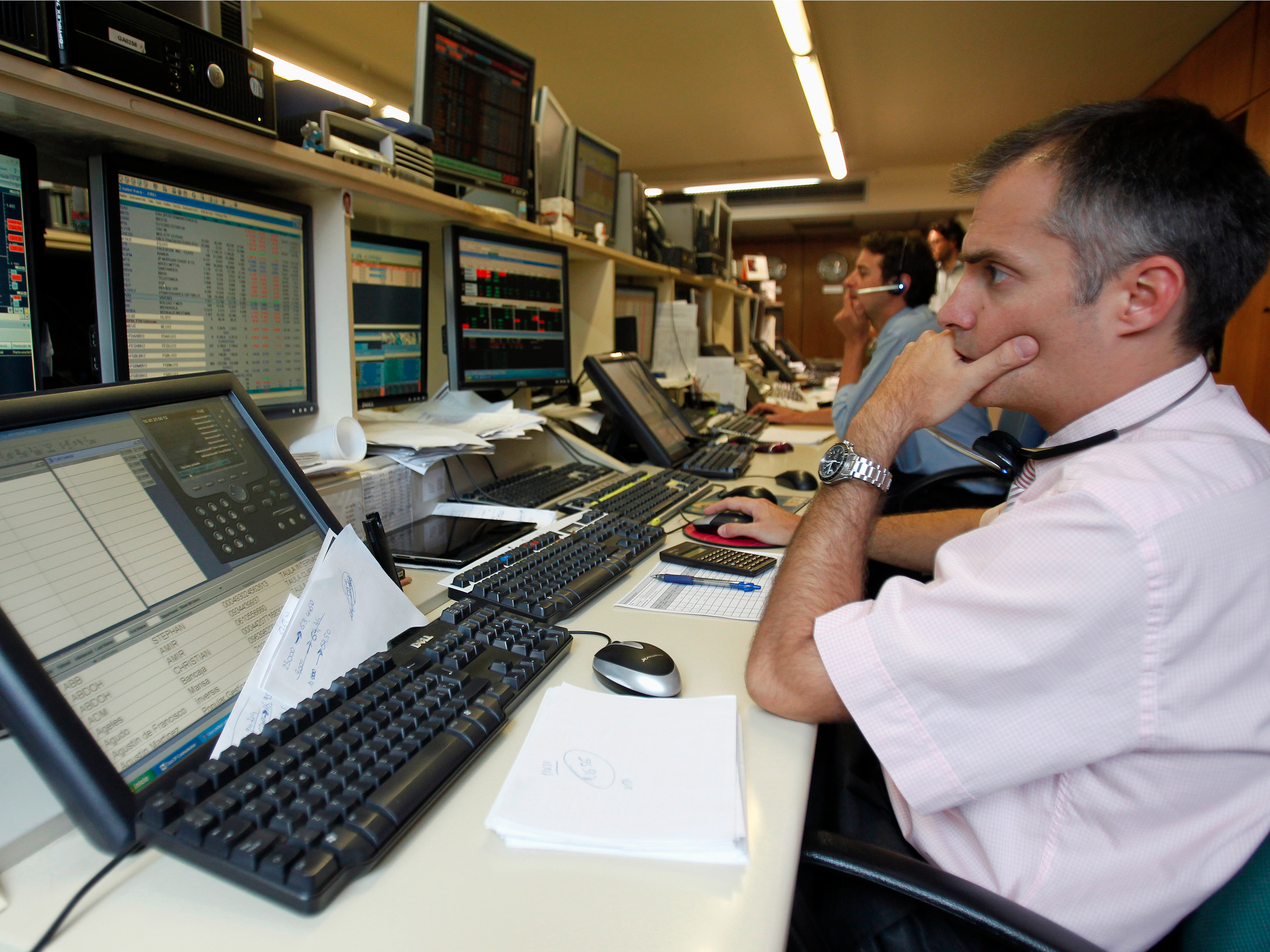It’s only March 27, but Wall Street is already getting one of its biggest calls of the year – the death of the bull market in bonds – all wrong.
The election of Donald Trump as president sparked an exodus from the US Treasury market in the final months of 2016 and early 2017 as investors prepared for the possibility that Trump’s plans for a protectionist trade policy, tax cuts, deregulation, and massive infrastructure spending would bring inflation back to the US.
In mid-November, Bank of America’s Michael Hartnett said, “If Brexit marked a 5,000-year low in global interest rates, Trump marked the moment investors started to position for a bond bear market.”
Postelection selling of longer-dated maturities ran yields up by as much as 90 basis points, with the 10-year briefly crossing 2.60% on two separate occasions. That caused some Wall Street houses to declare the beginning of the long-awaited “great rotation,” or mass exit from bonds into stocks.
For a moment, this looked like the right call. The Federal Reserve first raised interest rates in December, then again in March, and it said it appeared the economy was on track for two more rate hikes this year. The benchmark 10-year yield hit a high of 2.626% on March 13, briefly ticking above the 2.60% threshold that the bond-market veteran Bill Gross had said was “much more important than Dow 20,000.”
But things have suddenly changed, and traders in bond and stock markets have realized Trump may have a hard time delivering on any part of his agenda.
On Friday, Republicans leaders in the House of Representatives pulled their plan to repeal and replace Obamacare, the healthcare law known formally as the Affordable Care Act. Since then, bond yields have been pressing lower.
The 10-year yield is down to 2.35% and threatening key support in the 2.30%. If that support level breaks down, a retest of 10-year's election-night close of 1.85% wouldn't be too far away.


